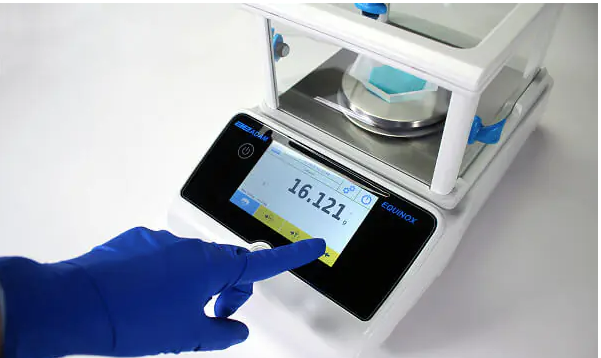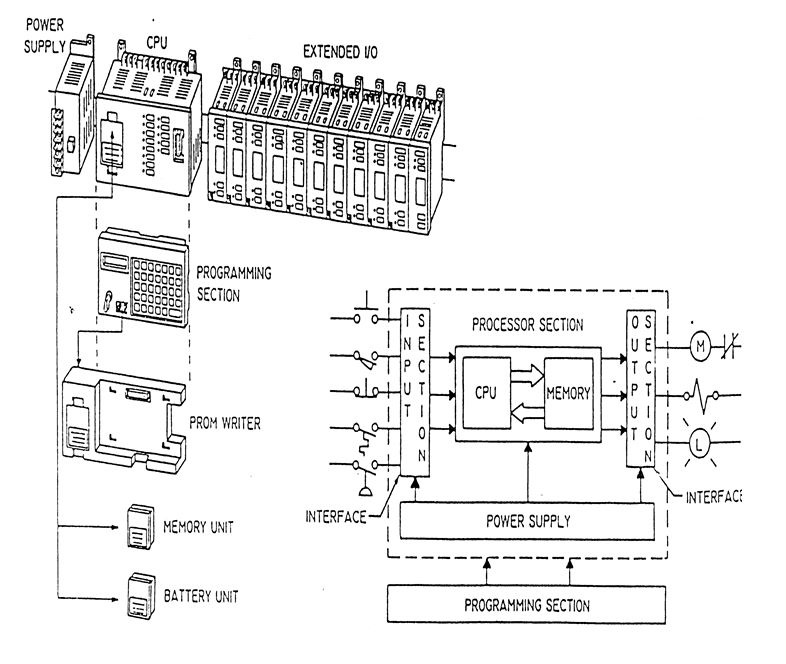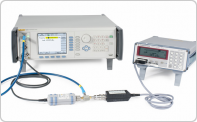
MOISTURE PIN MOISTURE CALIBRATION
There are two primary types of moisture testing tools for building materials: pin and pinless meters. Pin meters use a moisture content standard (MCS) to check meter calibration, which involves placing the meter's pins on the MCS's metal contacts and turning on the meter. If the reading is different from the one the MCS was set for, the meter is out of calibration.
Pinless moisture meters work differently from pin meters, so the same testing tools won't work for them. Instead of using an MCS, a pinless moisture meter relies on a device called a sensor block to check moisture meter calibration. Holding the meter to the sensor block ensures the scanning plate makes solid contact with the block. Turning on the meter and checking the reading and comparing it to the sensor block's instructions is recommended.
Using a second moisture testing tool to verify calibration is less accurate than checking meter calibration with an MCS or sensor block. However, it can be a good solution if your meter doesn't have a built-in calibration check feature or if you don't have a moisture content standard/sensor block. This method requires having a second, IDENTICAL moisture meter to use as a reference, which is more expensive and inefficient than using built-in checks or purpose-built testing tools.
For reference checks, use pin meter reference checks by pushing the pins of the meter being tested to their full depth, adjusting the reference meter, inserting the pins into the material using new holes, and comparing to the first reading. Repeat the process at a different testing site using the reference meter first. If both meter readings agree both times, this is a good indication that the meter is in calibration. If the meter is consistently lower or higher than the reference meter's readings by a fixed amount, then one of the meters is off.
In conclusion, when checking moisture meter calibration, it is strongly recommended to use either a built-in check or a specialized testing tool such as an MCS or sensor block. These methods are more reliable, faster, and easier than reference meter checks, and even using both built-in checks and an MCS or sensor block takes less time and effort than using a reference meter.




